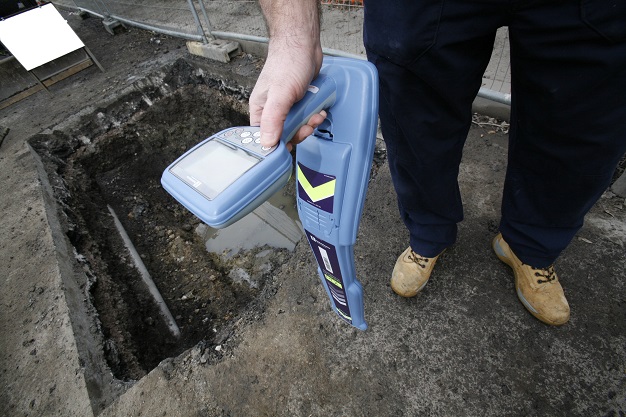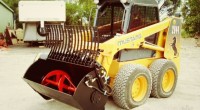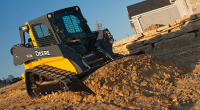Importance of Underground Service Locators: Radiodetection Locators
Underground service locators are invaluable pieces of equipment frequently used in the construction, plumbing, and electrical industry. These devices are used to pinpoint the exact location of underground utilities so that they don’t get damaged while work is being conducted around the area they’re located in. Underground service locators consist of two main parts – a transmitter and receiver. There are various different types of these tools made by a wide range of manufacturers. However, one manufacturer that’s currently leading the industry is Radiodetection.
What makes a Radiodetection locator different than most other locators is its wide array of features that allow the operator to perform precise scans so that they can locate and map underground utilities. There are many factors that can affect the accuracy of the locator’s readings, but most Radiodetection locator models will remain precise and accurate. They are typically lightweight and energy efficient, meaning you can use them for extended time periods. Additionally, they’re rugged and can withstand all weather conditions. Radiodetection service locators are easy to use, despite the fact that they have a wide range of features.

Some of these features include the Centros measurement engine, which combines innovative algorithms with tried and tested software in high-performance microprocessors, which improves the locator’s repeatability and accuracy. Some models also have a compass, which allows the target line to be easily followed by indicating the orientation of the target pipe or cable. This feature significantly improves accuracy when measuring depth.
Furthermore, Radiodetection underground service locators feature dynamic overload protection, which extends the locator’s capability into areas where most other locators would fail. The dynamic overload protection feature filters out unwanted signals, thus aiding accurate location even when used in electrically noisy environments. A similar feature is the peak/null mode, which helps ID the impacts of distortion due to nearby utilities or ground effects.
However, the locator isn’t the only part that comes with a plethora of features. In fact, Radiodetection transmitters also posses a wide range of features that other locator’s transmitters don’t. For instance, they have 30V and 90V output options, which provide them with higher signal currents being delivered on high-impedance target lines. Moreover, Radiodetection transmitters offer three power versions – 1W, 5W, and 10W, as well as 8 inductive frequencies, a multimeter function, accessory tray, high contrast LCD screen, plug and play accessories, external 12V operation, 250V transient overvoltage protection, current direction fault finder and more.



